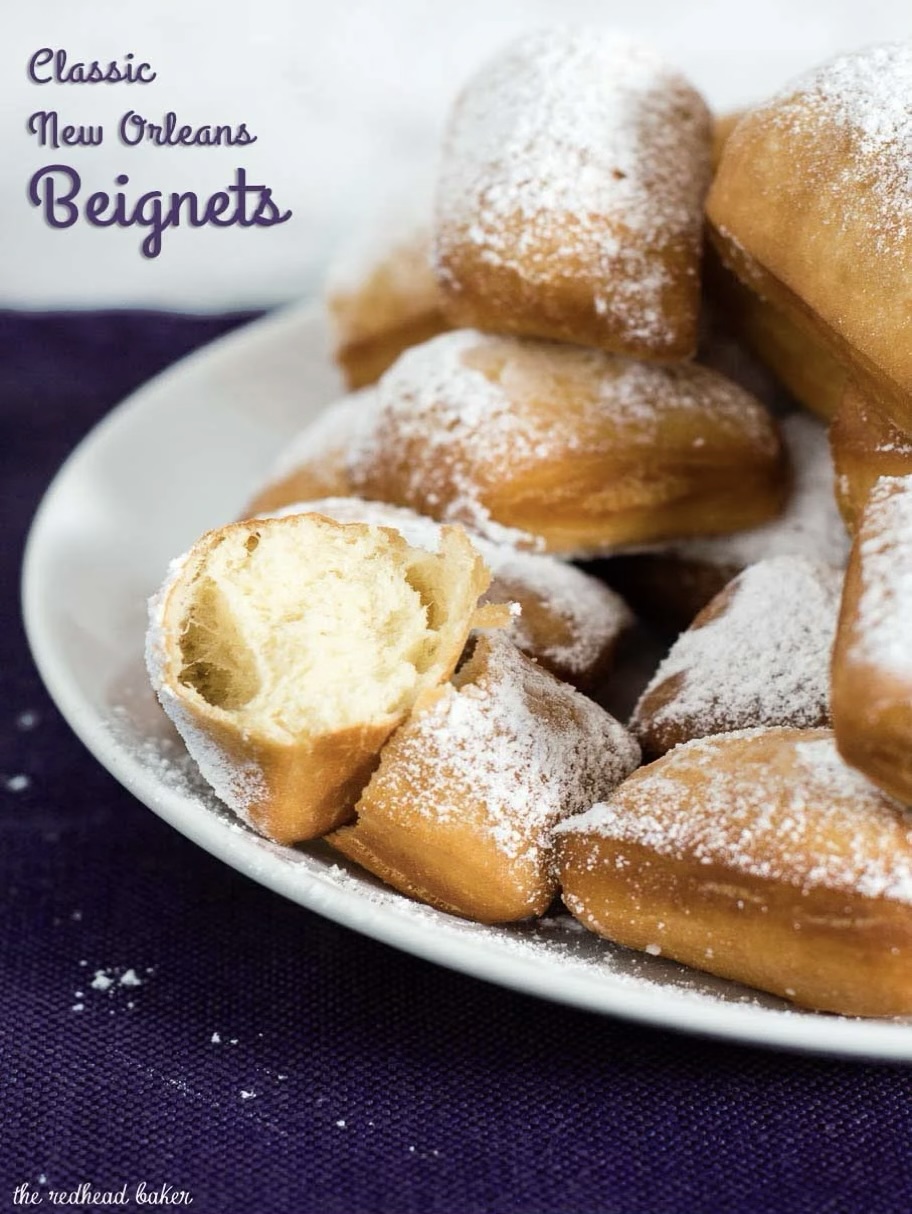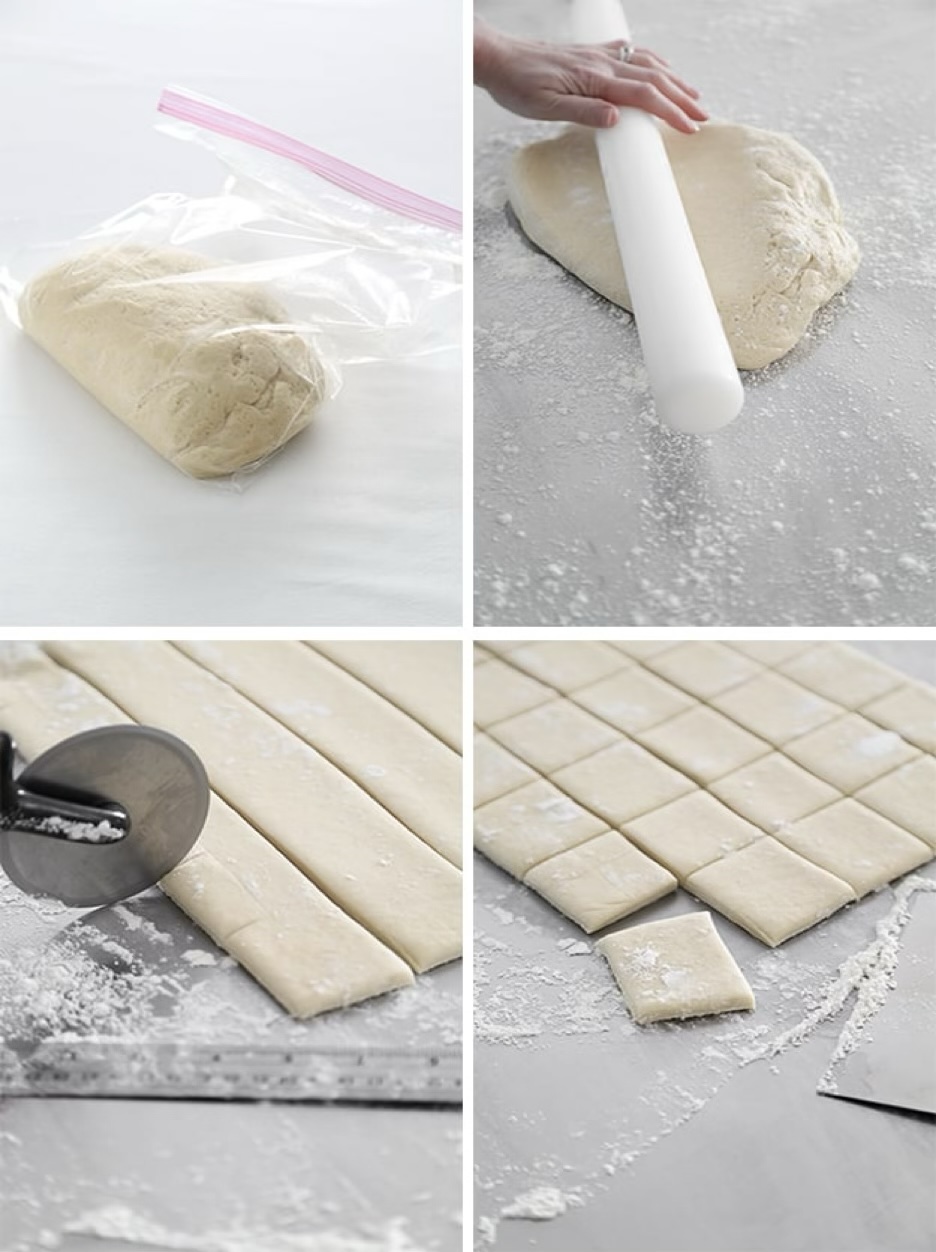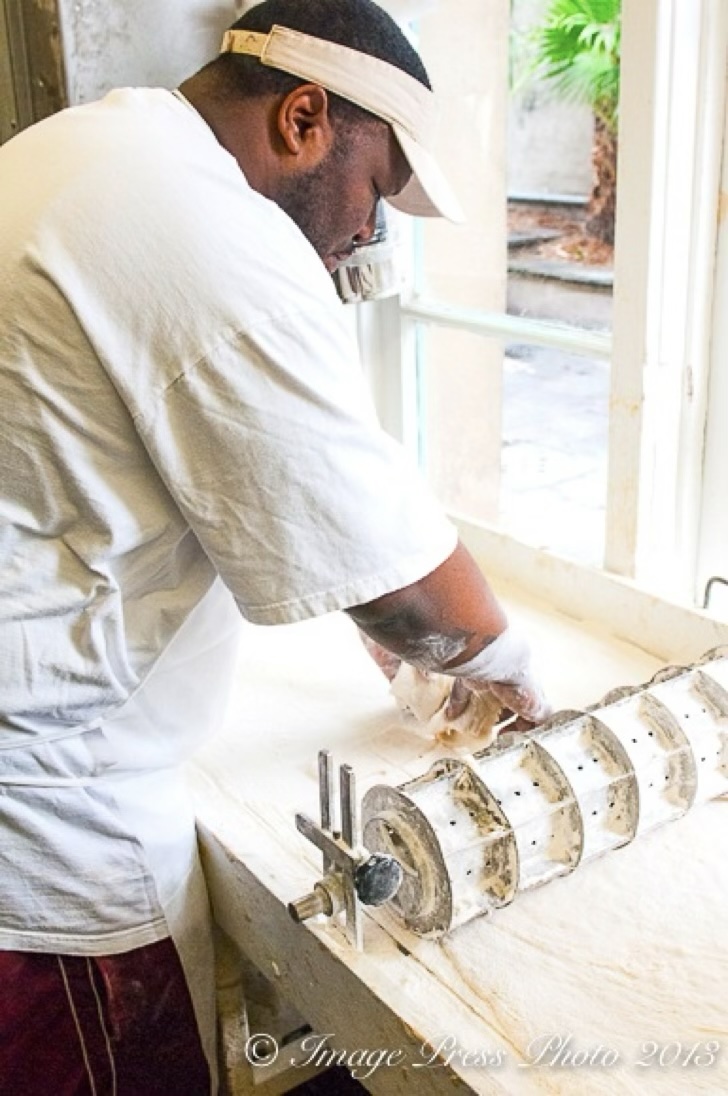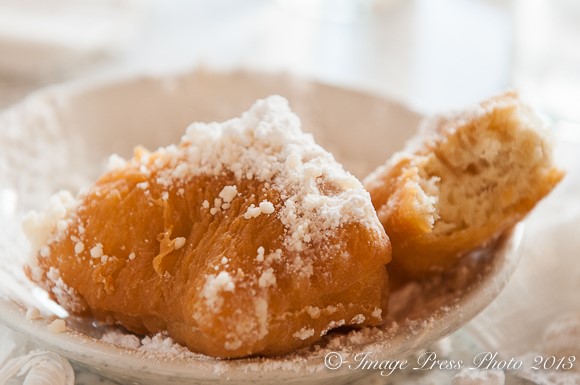Pass the BEIGNETS and Bon Appetit!
By the time you’re reading this, Mardi Gras will have come and gone. But that doesn’t mean we can’t enjoy, any old time, one of this festival’s most beloved and iconic treats, the BEIGNET.

Are you familiar with this heavenly fried food? Beignets are a pastry that originated in France and were brought to Louisiana by French colonists in the 18th century. Because they’ve been made so often over the last 2+ centuries, and loved so much, they are now the official state doughnut of Louisiana.
The word beignet, in French, means "fritter". And like all fritters, the dough is made from a yeasted, sweetened batter that's cut into squares and fried. Beignets are a type of choux pastry, which means they're made with a high-moisture dough that rises during cooking.
These golden-fried dough pillows historically steal the show during Carnival season. And the very nice thing about them (aside from how incredible they taste)? The dough can be prepared the night before and fried in the morning, ensuring they’ll be served piping hot.

As you allow the dough to rest overnight, the flavors are able to fully develop and intensify. This is an experience worth embracing, wouldn’t you say? So let’s share the joy, and make this Louisiana state treat a flavorful and memorable tradition!
Just think of all the holidays and special days hanging out on the calendar. Then there’s birthdays and anniversaries. And don’t forget weekends…shoot, we’ve got all sorts of reasons to indulge in this scrumptiousness!
If you’re up for this adventure, then read on for some tried-and-true beignet-making tips from one of the most famous New Orleans restaurants, Café Du Monde.

One of the most critical steps to making perfectly crisp and light beignets is to be sure the oil is very hot (at least 380 degrees) and that it remains hot throughout the cooking process. If it isn’t, the beignets absorb too much oil and the powdered sugar melts when served and the beignet is greasy, sticky, and a hot, sweet mess of soggy dough.
Cafe du Monde fries their beignets in cottonseed oil, even though most recipes call for vegetable oil. They have tried other oils but always return to cottonseed oil as it produces the best results. Cottonseed oil has a high smoke point of 420 degrees, which allows them to keep the oil extremely hot.
Other tips making superior beignets: don’t overwork the dough or the they’ll become tough. And use the right flour. A yeast dough will produce a lighter and sweeter beignet than a basic white flour dough, which many recipes recommend. Cafe du Monde confesses they use multiple flours in their mix, including rye flour, but they aren’t willing to share the exact mix and proportions in their recipe. (You might try your own combination at home to see if you can unlock that secret.)

Enough talk…let’s get to business and actually make some. Below you’ll find a classic recipe that my Aunt Annie used for years. Give it a try and let us know what you think. Meanwhile, let’s raise a glass to this incredible tradition, and as the French would say, “Bon appetit!”
Traditional Beignets

1 package dry yeast
1/2 cup warm water
1/2 cup evaporated milk
1 egg
1 teaspoon vanilla extract
1 tablespoon oil
1/4 cup sugar
1 teaspoon salt
3 cups bread flour
oil for deep frying
powdered sugar for dusting
Directions:
1. Dissolve yeast in the warm water.
2. Add the next five ingredients plus optional salt, if desired, then beat in the flour. Dough will be sticky.
3. On a floured board, roll out the dough to about 1/8 inch. Cut into 2-inch squares.
4. Heat oil to 370 degrees F. Drop beignets in oil a few at a time. As they puff, turn them to brown the other side.
5. Remove, drain, and dust with powdered sugar.
2. Add the next five ingredients plus optional salt, if desired, then beat in the flour. Dough will be sticky.
3. On a floured board, roll out the dough to about 1/8 inch. Cut into 2-inch squares.
4. Heat oil to 370 degrees F. Drop beignets in oil a few at a time. As they puff, turn them to brown the other side.
5. Remove, drain, and dust with powdered sugar.
Recipe formatted with the Cook'n Recipe Software from DVO Enterprises.
 Alice Osborne
Alice Osborne
Weekly Newsletter Contributor since 2006
Email the author! alice@dvo.com
